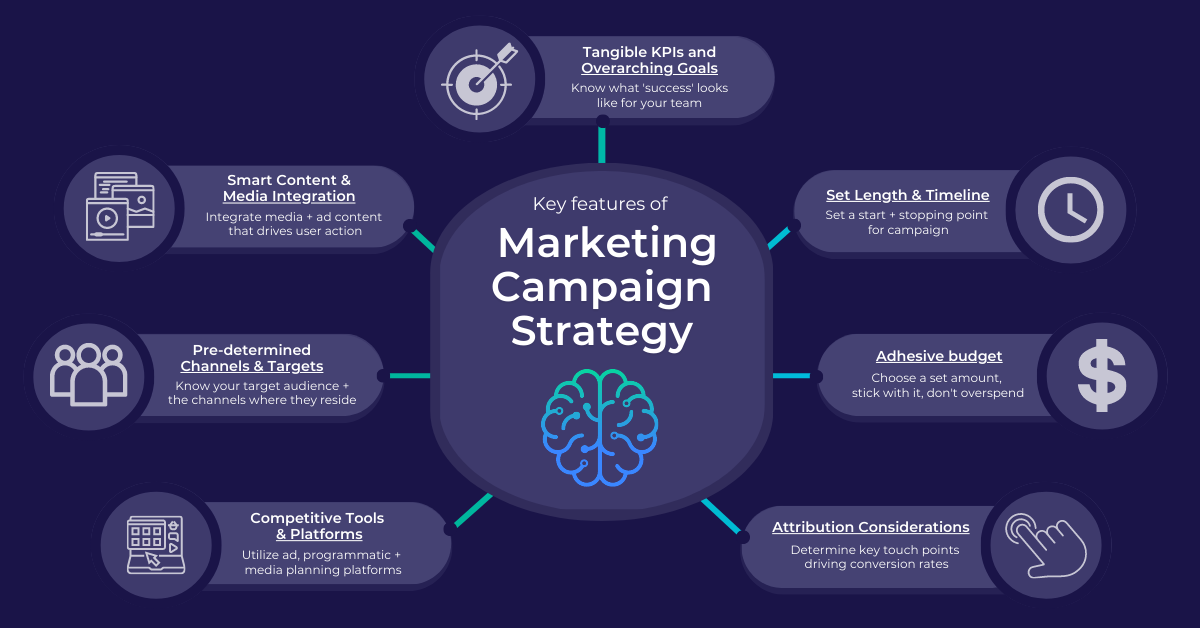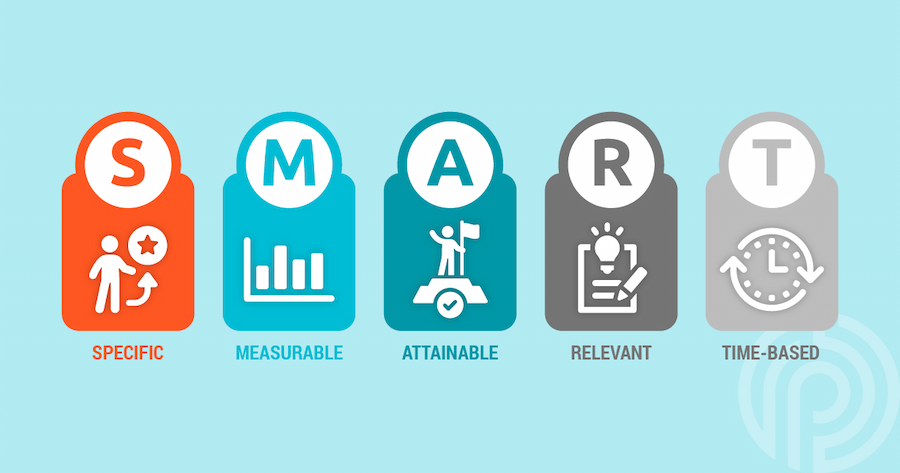Introduction
In today’s rapidly evolving business landscape, a well-crafted marketing campaign can be the difference between success and obscurity. Whether you’re a seasoned marketer or a novice entrepreneur, understanding the intricacies of developing and executing a successful marketing campaign is paramount. This comprehensive guide aims to delve deep into the essential steps, best practices, and strategies required to create a marketing campaign that not only resonates with your target audience but also drives tangible results.

k
1. Define Your Objectives:
At the heart of every successful marketing campaign lies a clear and well-defined set of objectives. Before delving into the planning process, take the time to articulate your goals with precision. Are you looking to increase brand awareness, drive website traffic, generate leads, boost sales, or launch a new product? By setting specific, measurable, achievable, relevant, and time-based (SMART) objectives, you lay the groundwork for a focused and effective campaign strategy.


2. know your audience:
Understanding your target audience is fundamental to crafting a marketing campaign that strikes a chord with your intended demographic. Conducting comprehensive market research enables you to gain valuable insights into your audience’s demographics, behaviors, preferences, and pain points. By empathizing with your audience and understanding their needs and motivations, you can tailor your messaging, content, and channels to effectively engage and connect with them on a deeper level.

3. Develop Compelling Messaging:
Compelling messaging serves as the bedrock of any successful marketing campaign. Your messaging should be concise, compelling, and customer-centric, resonating with your audience and compelling them to take action. Focus on articulating the unique value proposition of your product or service, addressing your audience’s pain points, and conveying a clear and compelling call-to-action (CTA) that inspires action.
4. Choose the Right Channels:
Selecting the appropriate marketing channels is crucial for reaching and engaging your target audience effectively. Whether it’s social media, email marketing, content marketing, search engine optimization (SEO), paid advertising, or a combination of channels, it’s essential to align your channel selection with your campaign objectives and your audience’s behavior. Consider factors such as platform demographics, user engagement, and channel effectiveness when making your choices.
5. Create Engaging Content:
Compelling content lies at the heart of any successful marketing campaign. Whether it’s blog posts, videos, infographics, podcasts, or social media posts, focus on creating high-quality, relevant, and valuable content that resonates with your audience. Use storytelling, visuals, and interactive elements to captivate your audience’s attention and drive meaningful engagement. Remember, quality trumps quantity, so prioritize creating content that adds value and resonates with your audience on a personal level.
6. Implement a Multi-Channel Strategy:
A multi-channel marketing strategy allows you to reach your audience across various touchpoints and channels, maximizing your campaign’s reach and impact. By integrating your messaging and branding consistently across all channels, you create a cohesive and immersive brand experience for your audience. Be sure to leverage the unique strengths of each channel to create a seamless and integrated campaign that resonates with your audience at every touchpoint.
7. Set a Budget and Timeline:
Setting a realistic budget and timeline is essential for planning and executing your marketing campaign effectively. Consider factors such as advertising costs, content creation expenses, campaign duration, and resource allocation when determining your budget and timeline. By establishing clear financial parameters and timeframes upfront, you ensure that your campaign stays on track and within budget throughout its lifecycle.
8. Measure and Analyze Results:
Tracking and analyzing the performance of your marketing campaign is essential for evaluating its effectiveness and identifying areas for improvement. Utilize key performance indicators (KPIs) such as website traffic, engagement metrics, lead generation, conversion rates, return on investment (ROI), and customer acquisition cost (CAC) to measure the impact of your campaign. By analyzing the data and deriving actionable insights, you can optimize your campaign in real-time, maximizing its effectiveness and driving better results.
9. Iterate and Improve
Continuous iteration and improvement are essential for refining your marketing campaign and driving sustained success. Use data-driven insights, feedback from your audience, and A/B testing to identify what’s working well and what can be improved. Be proactive in adjusting your strategy, messaging, and tactics based on real-time feedback and market dynamics. By embracing a culture of continuous improvement, you position your campaign for long-term success and growth.
Conclusion:
Creating a successful marketing campaign is both an art and a science, requiring creativity, strategy, and meticulous execution. By following the essential steps, best practices, and strategies outlined in this guide, you can craft a campaign that resonates with your audience, drives meaningful engagement, and delivers tangible results. With careful planning, execution, and optimization, you’ll be well-equipped to master the art of creating successful marketing campaigns that elevate your brand and drive sustained growth.

